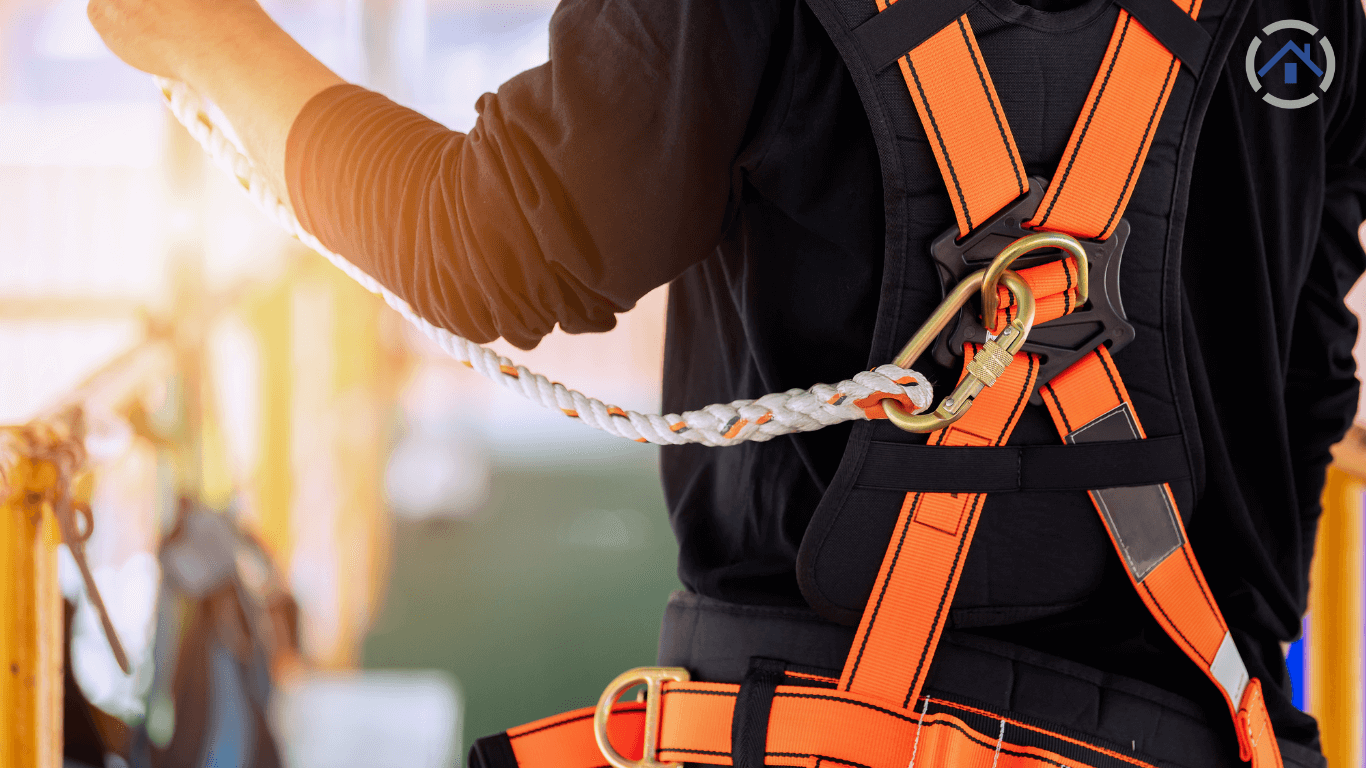
A variety of safety harnesses are available, each serving different purposes depending on attachments and work environments. Essentially, their main job is to stop someone from falling from a dangerous height. These harnesses, made of straps and restraints, significantly lower the risk of injury in case of a fall.
For jobs involving heights, accidents are a major cause of injury and death. Wearing a harness is crucial for safety. What is the importance of safety harnesses, and why do we use them?
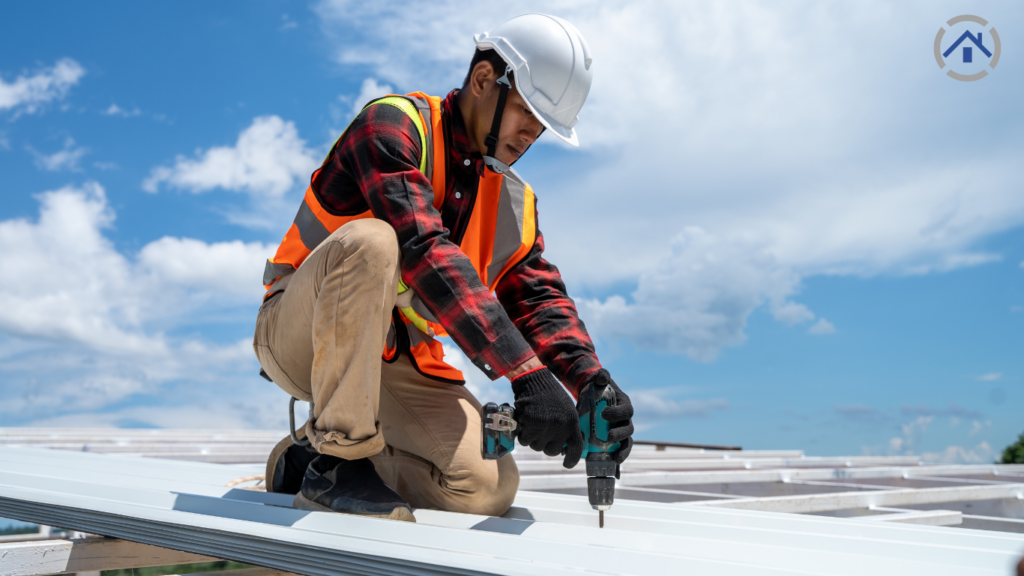
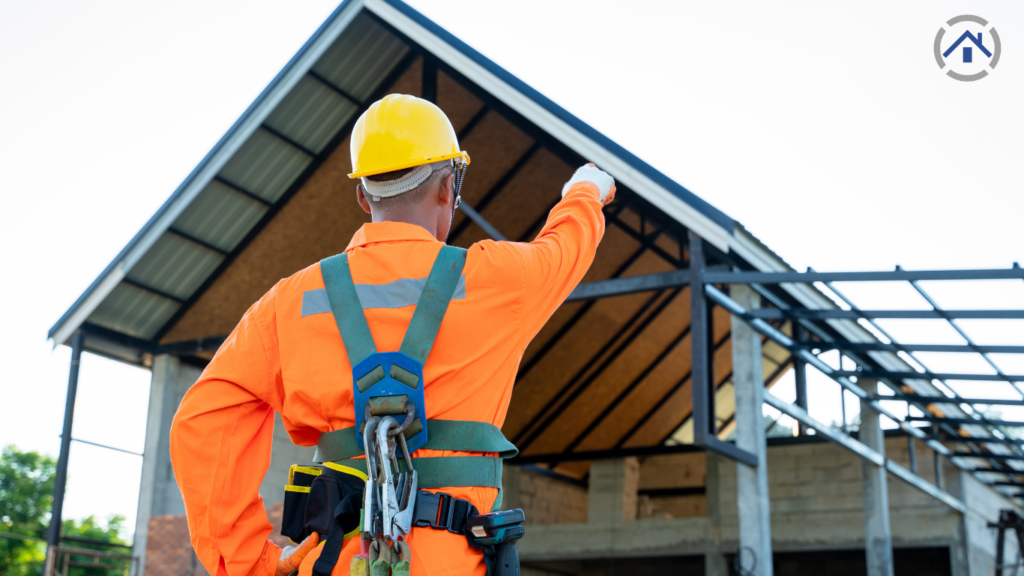
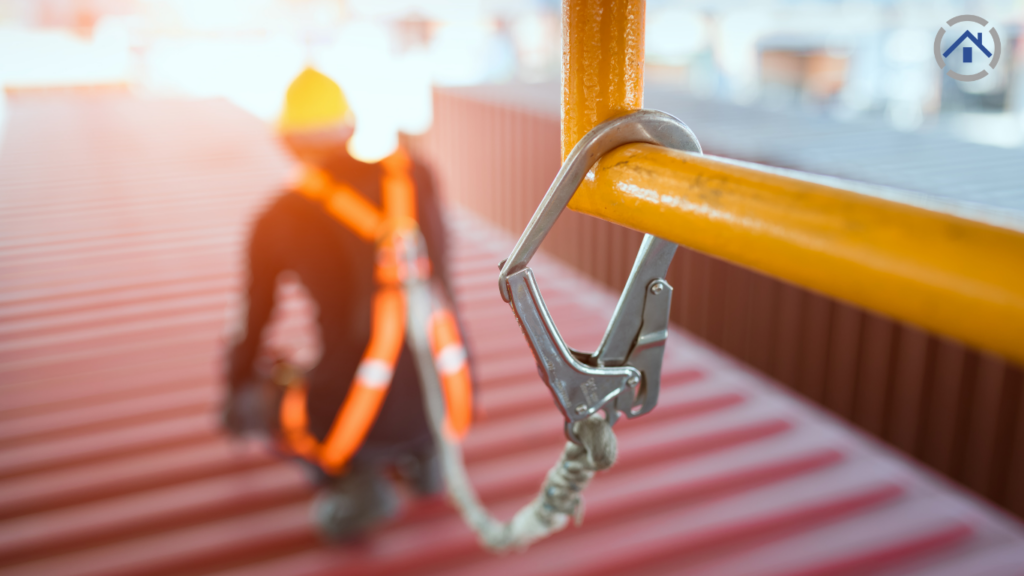
A safety harness is a protective device designed to prevent individuals from falling when working at heights. By wearing this equipment, the likelihood of injury from a fall is significantly minimized. The harness enables the user to connect themselves to a stable object, thereby ensuring that they remain suspended in the event of a fall, rather than hitting the ground. Given that falls from elevated surfaces are a prevalent cause of workplace injuries, it is crucial to ensure proper use of safety harnesses when working at heights.
Before going on the roof, check the harness for any damage. If it's been in a fall, it shouldn't be used again. Make sure it fits well around your legs and chest. It shouldn't be too tight or too loose, as that could cause injury.
Let's figure out how far you could fall if you slip. This is called your total fall distance. It's the shortest distance from the metal ring on your harness to the ground or lower roof level.
There are rules about how far you can fall set by local regulations, like OSHA. For example, OSHA says you can't fall more than 6 feet without something slowing you down. If the distance between two roof levels is less than 6 feet, you need to adjust your lifeline so you won't hit the lower level if you fall.
Before you start working, add up these measurements to find your total fall distance:
If your total fall distance is as long as or longer than how far you're allowed to fall, you need to adjust something, usually the lifeline, so you won't hit the ground. But don't change the safety margin!
First, locate the anchor point according to the manufacturer's instructions. Use the recommended nails or screws to attach it securely, usually into a truss. Follow the instructions carefully, adding all the necessary nails or screws without skipping any steps.
If you're wondering how to reach the roof's peak safely to install the anchor point before securing your personal fall arrest system (PFAS), it can be tricky, especially on steep roofs. For guidance on this crucial safety step, contact local safety authorities like OSHA or NRCA for advice specific to your area.
Now that the anchor point is in place, it's time to connect your personal fall arrest system (PFAS) to it.
How you do this depends on whether you're using a PFAS or a self-retracting lifeline (SRL) system. Always follow the manufacturer's instructions.
For a PFAS system, attach your lifeline to the anchor as directed. Then connect your rope grab and lanyard to the lifeline. Beforehand, put on your harness and make sure it's safe and comfortable. Attach the lanyard to the D-ring on your harness while on the ground, possibly with assistance.
If you're using an SRL system, connect it directly to the anchor unless it has its own anchor system. Then attach the snap hook end to your dorsal D-ring. SRL systems work like seatbelts, preventing falls when used correctly.
To use your fall protection harness correctly, make sure the system stays tight all the time. Don't move too far away, as it can cause a swinging effect if you fall. Check your fall distance calculations and adjust as needed.
When you need to move to another part of the roof, take the anchor point with you. Some roofers install several anchor points on the roof and switch between them as they work, which saves time and adds safety.
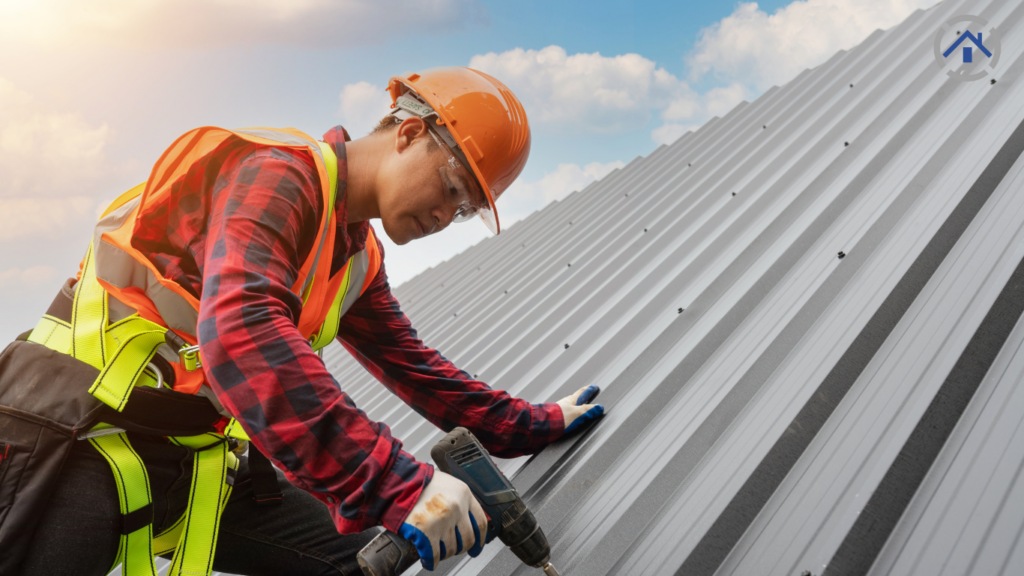
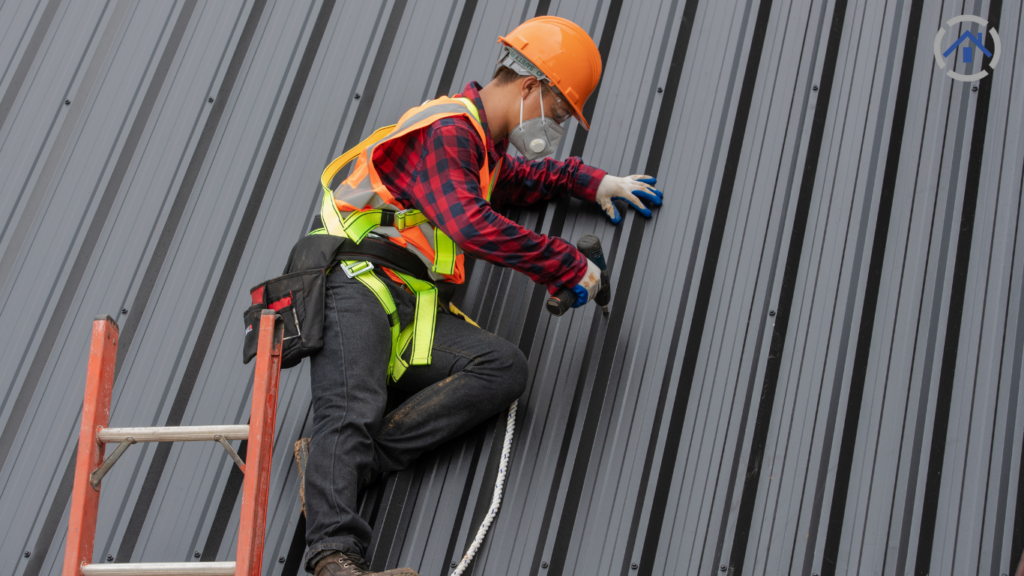
Step 1: Fasten the Safety Harness to Your Body
First, secure the safety harness tightly around your waist without leaving any slack. This ensures it stays in place while you work. It's crucial to do this before climbing onto the roof to avoid risks of adjusting it while on a ladder or scaffold.
Step 2: Connect the Lanyard to Your Safety Harness
Next, attach the lanyard from your harness to the anchor points on your ladder or scaffold. Use two separate anchor points for safety, instead of tying it around just one point, which could lead to severe injuries if an accident occurs.
Harness safety is crucial for roofing work. While some jobs on flat roofs might not need a harness, larger projects with steep roofs and higher risks always do.
If you're a roofer, it's important to use safety gear to avoid accidents. Falls can cause serious injuries or even death. Plus, breaking safety rules can lead to big fines. If you get cited by safety regulators, a roofing attorney can help you. At Cotney Attorneys & Consultants, we specialize in defending against citations.
To set up a safety harness on the roof, start by installing the anchor point following the manufacturer's guidelines. These instructions will indicate the placement and necessary equipment for installation, as well as the spacing between anchors and the required length of safety rope or harness line.
Typically, it's advised to install at least two anchor points: one near the roof peak and another close to an edge, serving as a backup in case of issues with the first one. The instructions should also specify the appropriate nails or screws for different parts of the trusses or joists.
Using a safety harness on a steep roof is crucial for protecting yourself from falls. Safety harnesses are designed to keep you connected to the rope, ensuring your safety while working at heights. However, it's important to be aware that harnesses can sometimes impede your climbing movements. When wearing a safety harness during lead climbs on a steep roof, pay attention to ensure it doesn't hinder proper technique, especially on overhangs where leg extension may be necessary. Moving without constraints and avoiding getting tangled in the webbing are essential for staying safe while using a safety harness on a steep roof.
Safety harnesses are essential equipment for any task involving working at heights or in situations where there's a risk of falling. Here are some situations when using a safety harness is crucial:
No matter what kind of work you do as a contractor, it's crucial to stay safe. Being cautious is vital to protect yourself and your employees. So, it's smart to understand how to use safety harnesses on roofs. Do you know how to use them? Are they needed? Safety harnesses can only keep you safe if you use them the right way. Before using a safety harness for the first time, carefully read this blog post, and you'll quickly learn its most important uses.